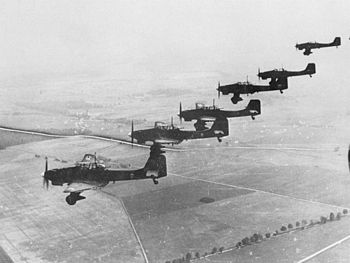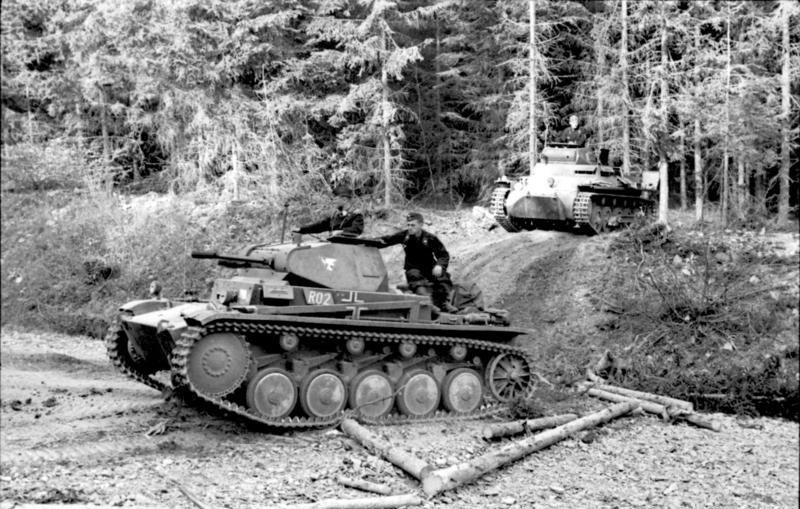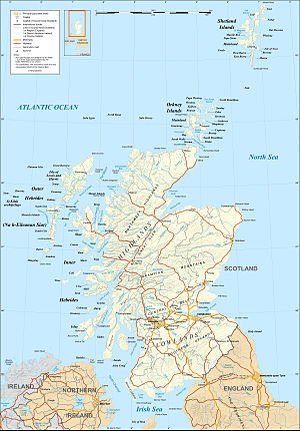Today was the September CLWG meeting. My game used the whole session and was looking to explore some of the things that might drive farmers to becoming insurgents in modern Afghanistan. I’m not quite sure that I achieved that, but it was a fun session and mostly worked as a game, although the economic model was quite broken. I’ll leave it to some of the players to tell us the story of what happened. I had Jim, Mukul, Dave & Daniel as ordinary farmers, John R was the leading farmer and the acting Governor of the valley (not that he managed to persuade the others to do what he said much). Nick Luft was the local Chief of Police and Rob Cooper was the local cleric, and also a Taliban representative.
On the whole the things I learnt from today were:
- this is a game that probably works better in an annual turn basis rather than trying to do monthly real time, the agricultural decisions can be made quite rapidly and it is just a distraction to try and string it through the game. Also the turn based structure makes it easier for a single umpire to keep everyone at the same point in time.
- – I need to indulge in quantitative easing, or alternatively sort the economic system to make it easier to scale things up from basic subsistence farming to full on agriculture. So things to look into are the rate at which more land can be brought into production, and reasons why the level of productive land is so low. I also need to look at a valley wide weather effects as well as the localised stuff. That way there is a higher community effect as all the agriculture is co-dependent.
- Another things is looking at the relationship between the town and the farming hinterland. There needs to be a a two-way relationship, the town needs the food the farms grow, and the farmers need the services the town provides. Some thoughts in the post-game discussion were around levels of infrastructure in the town being necessary to support some of the things that the farmers might want. e.g. needing mechanics to support tractors.
- consumption from the farmers could be delivered by a range of quality of life indicators, perhaps allowing for a tension between the Islamic and non-Islamic natures of some of them. So there could be an ‘easy’ western track and a more ethical Islamic track. Either way some sort of geometric progression would probably do it and also give the players some sort of indication of how well they were doing compared to the others.
- there is probably a triangle of technology, belief & opium that can be used to give specific flavour to the game, and perhaps also draw out the conflicts in a more three dimensional way.
- – I could also give players a qualitative objective or attitude to help them along with decision making and getting into character. E.g. go on the Haj, or an admiration for motor vehicles.
- – there need to be more women to make more scope for marriages to take place.
Generally there is a lot of streamlining that I can do, which will improve the game. Much of this is pretty obvious from the tryout and not much needs to be said, stripping out some of the layers of complexity and perhaps ignoring the task allocation part of the game except for those that have roles that might change during the course of the game. Also perhaps having a slightly different family tree style approach to the record keeping. You’ll see how it changes by the bits that get posted up on my website at http://www.full-moon.info/doku.php/rules/clwg/coin
And a final governing thought in streamlining things is to keep Jim’s question in mind. “Why is this Afghanistan rather than Ambridge?”



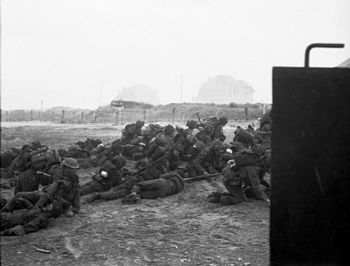
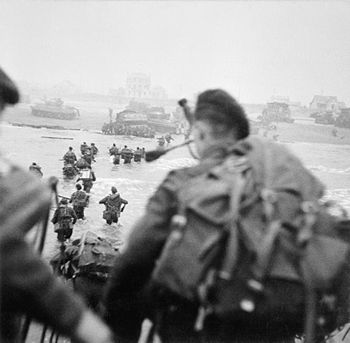

![Reblog this post [with Zemanta]](http://img.zemanta.com/reblog_e.png?x-id=78dca987-9305-47af-b48d-68a674771819&bmi_orig_img=1)
![Reblog this post [with Zemanta]](http://img.zemanta.com/reblog_e.png?x-id=7fbdc819-6648-446f-a54d-94f64276c366)
